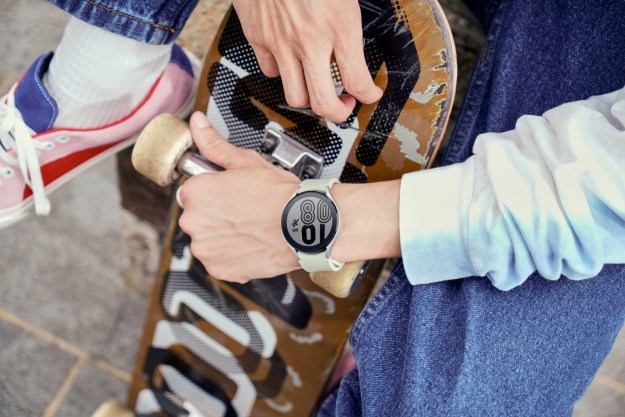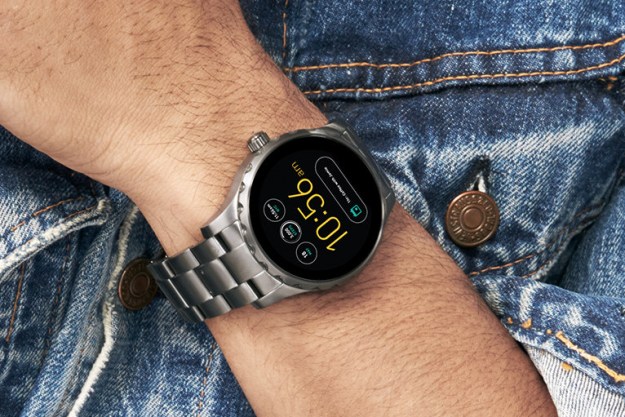
The technology relies on a series of sensors that relay information back to another device, often of course a smartphone. Bennett Fisher, General Manager at Noble Biomaterials, told Digital Trends, “Noble produces CircuiteX technology, which creates the conductive components in smart garments” that ultimately allow for the “detection, transmission and protection of electrical signals” within smart clothing. When incorporated into a piece of clothing, like a sports bra or a pair of underwear, the clothing itself effectively becomes a sensor.

Fisher explained that “these sensors can also be used to measure heart rate variability, EKG, recovery, breathing rate, activity intensity, and force of impact, among others. The technology is robust and can be used to create huge amounts of data. This data can be collected 24/7 which can be used to track personal health indicators without being confined to traditional health care equipment.”
Another player in the same space, Clothing+, a Finland-based pioneer of textile-integrated electronics, has established itself over the last 17 years as the world’s largest developer and manufacturer of sensor underwear and textile sensor accessories. “People are more and more interested in understanding their bodies and making choices based on data,” Mikko Malmivaara, one of the founders of Clothing+, told Digital Trends. And as this interest grows, Malmivaara noted, Clothing+ determined that the “clothes we wear are the best way for any device or data system to interface the human body.”
The ultimate benefit of having sensors built directly into one’s clothing, Malmivaara believes, is the consistency with which data and vital information can be tracked. Whereas today’s healthcare system relies largely on time-slice snapshots of an individual’s health based on the occasional doctor’s visit, the introduction of high-tech clothing will allow wearers to keep detailed records on a daily basis, all without expending any more effort than donning their underwear or a shirt. This way, if any health complications do arise, Malmivaara said, “With more data to look at from a longer period, the doctor can reach a far more accurate conclusion of the person’s health than just that snapshot image.”
The possibilities associated with the sensory fabric are boundless, Fisher says. “Our technology translates into virtually any garment application so the product line could be endless, depending on the imagination and ingenuity of engineers.” Soon, Malmivaara and Fisher hope, healthcare will truly be in the hands of the patient.
“With comfortable sensors worn like normal clothing,” Malmivaara suggested, individuals can “live a happier life knowing if any symptoms are detected they’ll be notified and treated before the situation gets bad. Unnecessary visits to the clinic would be a thing of the past.”


